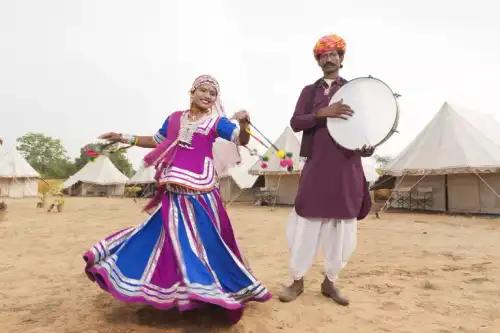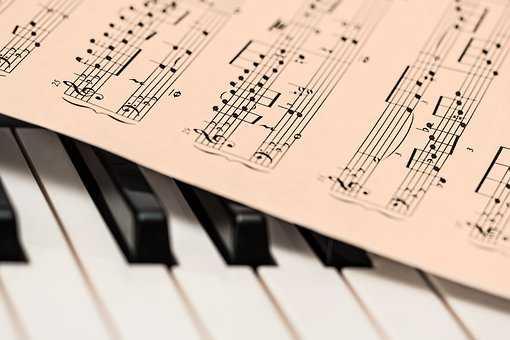What Is Ethnomusicology? Definition, History, and Methods
Curated from: thoughtco.com
Ideas, facts & insights covering these topics:
4 ideas
·1.07K reads
3
Explore the World's Best Ideas
Join today and uncover 100+ curated journeys from 50+ topics. Unlock access to our mobile app with extensive features.
Ethnomusicology: The Why And How Of Music
Music and its creation come with a larger context of culture, ethnicity, heritage, lifestyles and habits of humans in the particular era. This study is known as Ethnomusicology, a term coined by musicologist Jaap Kunst.
Non-western music, like world music and folkloric music, is studied by ethnomusicologists who look at the wider culture, purpose, social roles and the various facets of identity to create a larger circle which encompasses comparative and historical musicology.
78
393 reads
Comparative Musicology
The first musical ethnography was published by the early comparative musicologist Carl Stumpf, which documented the origins and the evolution of the art.
They looked at the changing landscapes and the nomadic nature of influences. Comparative musicology also looked at the classification of musical instruments and systems.
65
223 reads
Modern Ethnomusicology
The 80s and 90s saw the study of ethnomusicology shift from its traditional field towards more contemporary forms of music like rap, rock, salsa, afro-pop, and Hindustani classical music.
Music started to intersect with technology, globalization, media and even social unrest, making the study vast enough to have it’s graduate programs in major universities.
63
226 reads
The Methods Of Ethnomusicologists
Ethnomusicologists study linguistics, social science concepts, local culture, ethnicity, sociology, and history. This includes the study of archives, ancient texts, and research with musicians, interviewing and observation of participants who indulge in the art is one of the main methods of research.
The study of music entails playing, singing and dancing to the various musical forms, feeling the music at one’s core instead of mere academic research.
68
229 reads
IDEAS CURATED BY
Hassan Aziz's ideas are part of this journey:
Learn more about personaldevelopment with this collection
How to establish a positive team culture
How to collaborate effectively
How to build trust with a new team
Related collections
Similar ideas
Read & Learn
20x Faster
without
deepstash
with
deepstash
with
deepstash
Personalized microlearning
—
100+ Learning Journeys
—
Access to 200,000+ ideas
—
Access to the mobile app
—
Unlimited idea saving
—
—
Unlimited history
—
—
Unlimited listening to ideas
—
—
Downloading & offline access
—
—
Supercharge your mind with one idea per day
Enter your email and spend 1 minute every day to learn something new.
I agree to receive email updates

